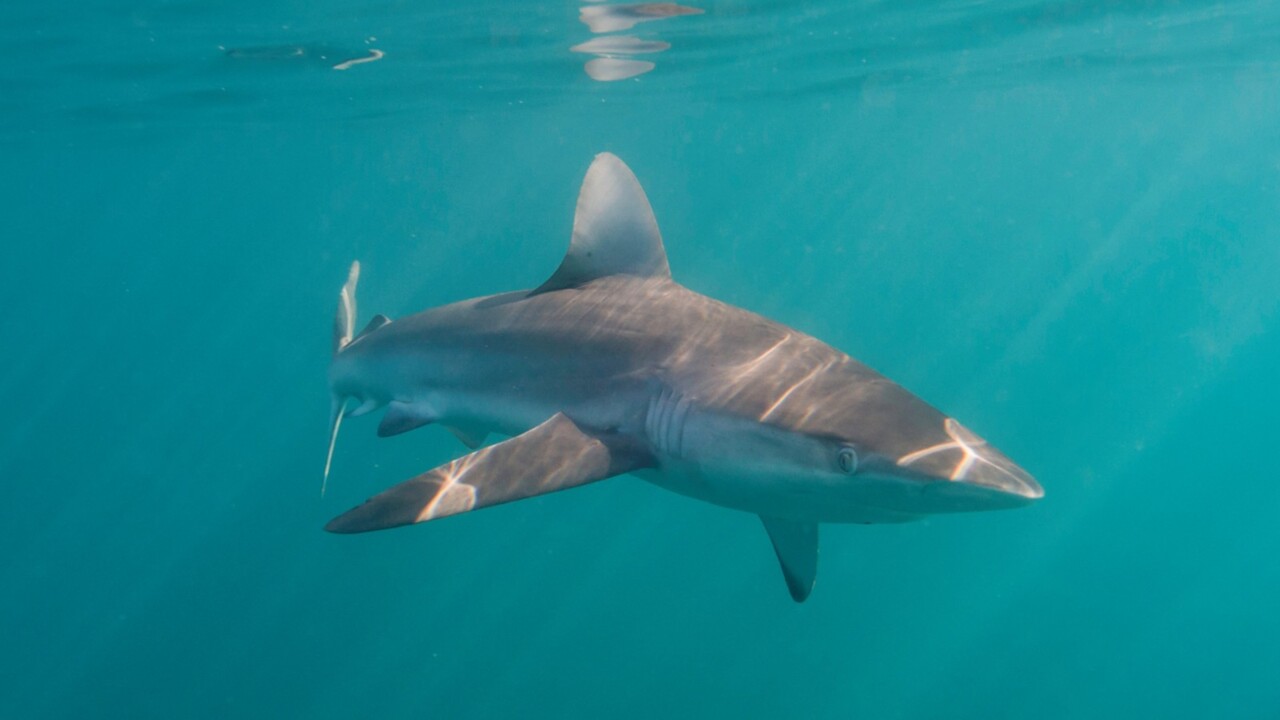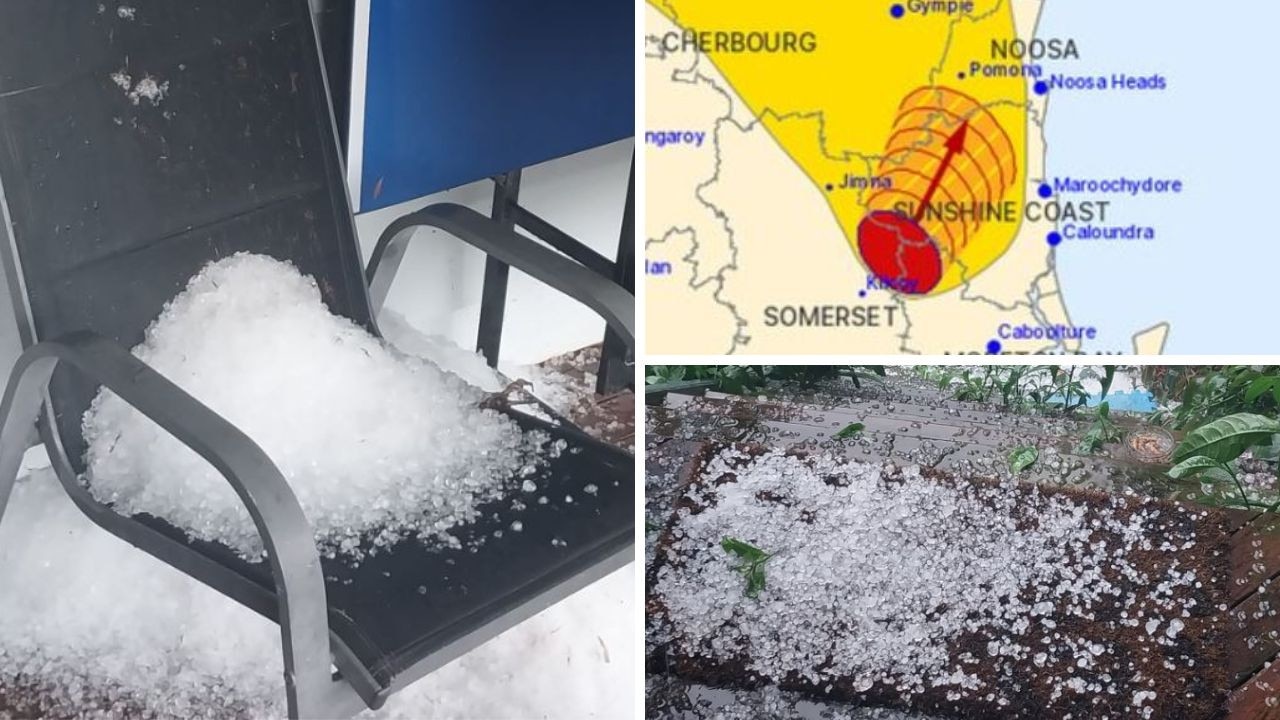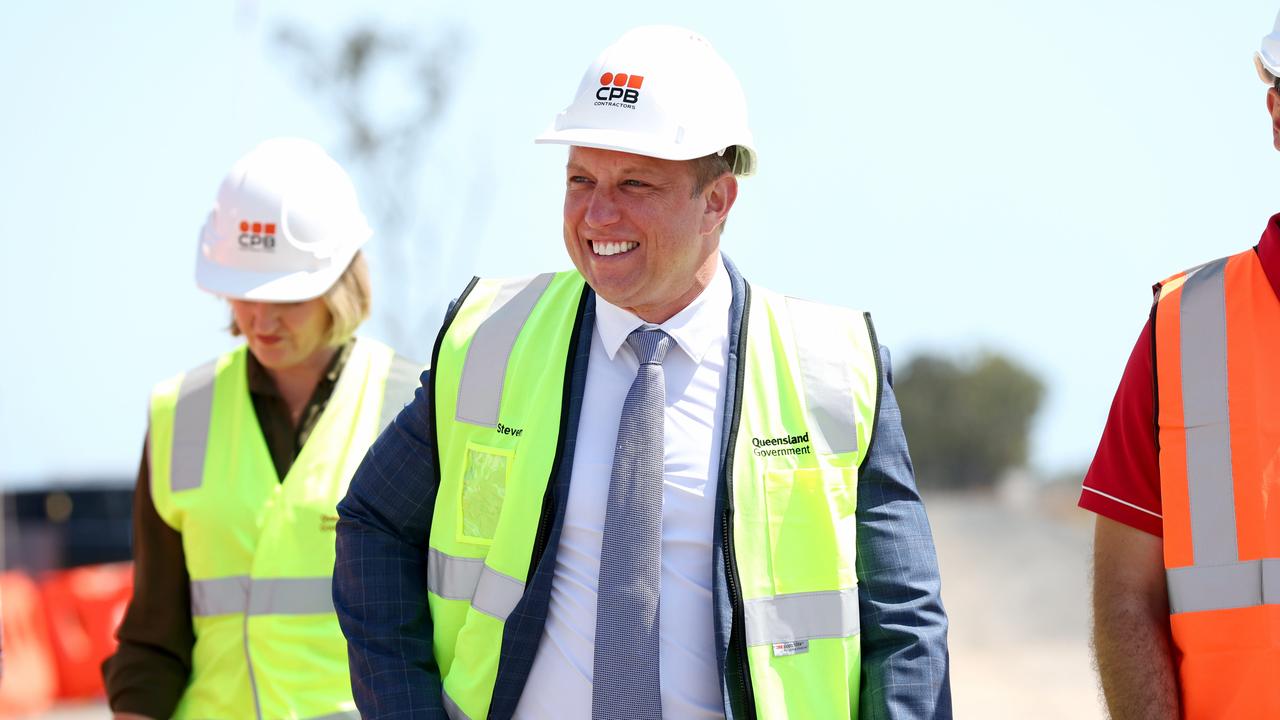Mapped: Queensland’s most shark-infested beaches
Almost 1000 sharks as big as 5m have been caught off Queensland beaches in the past year, with one stretch of coast easily claiming the dubious title of the state’s shark capital. INTERACTIVE MAP

QLD News
Don't miss out on the headlines from QLD News. Followed categories will be added to My News.
Almost 1000 sharks as big as 5m have been caught off Queensland beaches in the past year, with the Capricorn Coast easily claiming the dubious title of the state’s shark capital.
New data obtained by The Courier-Mail reveals 959 sharks were nabbed by government shark catchers in 2023, up from 753 the previous year.
The figures come as the Miles Government looks to unleash new technology, including AI-armed drones, in a bid to keep beachgoers safe from the shark menace.

More than 240 sharks – or almost 25 per cent – were caught on drumlines off the Capricorn Coast as part of the state’s shark control program in 2023.
They included two 4-5m monsters and 12 sharks measuring 3-4m.
Among the haul were some of Australia’s deadliest shark species, including 57 whalers, 44 tigers and a great white.
But Tannum Sands near Gladstone was the state’s most sharky beach, with 87 caught in drumlines there in 2023 compared with 47 in 2022.
Other shark hotspots included Townsville, where 180 sharks were caught in drumlines off the city’s eight shark-controlled beaches last year.
Among them were 15 sharks measuring 3-4m.
A total of 123 sharks were caught off Sunshine Coast beaches, including 14 sharks of 3-4m.
Eighty-five sharks were caught off the Gold Coast, including one 4-5m monster, five great whites and nine sharks bigger than 2m at popular swimming and surfing spot Rainbow Bay.
Despite its fearsome shark reputation, only 13 sharks were caught off North Stradbroke Island – although six of them were 3-4m in size.
“The catch data reinforces what we already know – there are significant shark populations that inhabit the waters of Queensland’s most popular swimming beaches,” a Department of Agriculture and Fisheries spokesman said.
“The Shark Control Program helps to reduce the risk to swimmers, however it cannot completely remove the risk and swimmers need to take appropriate measures to enhance their safety, including following our SharkSmart advice.”
There have been only two fatal shark attacks on the 86 Queensland beaches protected by shark nets and drumlines since the shark control program was introduced in 1962.
Gold Coast real estate agent Nick Slater was fatally mauled in a horrific attack while surfing popular Greenmount Beach on the southern Glitter Strip in September 2020.
Brisbane woman Sarah Whiley was also killed after being attacked by suspected bull sharks while swimming at Amity Point on North Stradbroke Island in January 2006.
But the shark control program has long come under fire from environmentalists because of the large number of whales, turtles, dugongs and other marine creatures trapped by the nets and drumlines.
Latest bycatch figures reveal the nets trapped a total of 138 marine mammals, turtles and other creatures in 2023, down slightly from 148 the previous year.
“People are horrified when they learn about the true nature of shark nets – that they’re these tiny gill nets strung up sporadically and designed to kill marine life,” said Sea Shepherd Australia campaigner Lauren Sandeman.
“They’re infuriated when they learn that after decades of killing and tens of thousands of animals dying, there is no evidence that supports the use of these gill nets to ensure public safety and reduce the already rare chance of a shark bite occurring.
“The people of Queensland deserve a shark mitigation program which uses modern technology such as drone surveillance or proper barriers held to the latest scientific standard to help keep them safe, and our marine life need to be able to thrive in a healthy marine environment where they’re not slowly drowned or shot in the head for a false sense of security.”
The DAF spokesman said the department was already using more humane shark control measures, including drones to monitor sharks and “SMART” drumlines which send out GPS alerts to government shark contractors as soon as an animal is caught.
“We are (also) investigating artificial intelligence solutions to enhance detection capabilities; and advanced camera technologies that might improve the ability of drones to detect sharks in murky waters,” he said.
This would involve using software rather than humans to analyse footage from shark-spotting drones.
“The aim of this initiative is to improve the real-time detection of sharks in the (drone) trial to reduce fatigue for drone pilots,” the spokesman said.
A trial of SMART drumlines is being widened from the Capricorn Coast to Mackay and Cairns this year.
Originally published as Mapped: Queensland’s most shark-infested beaches




